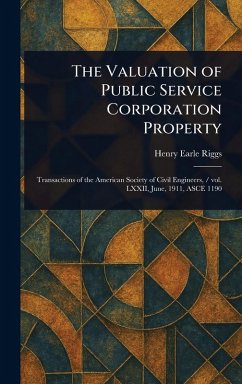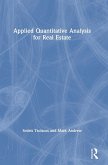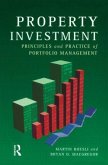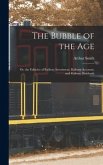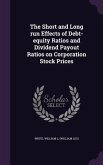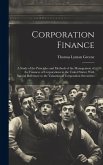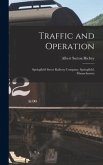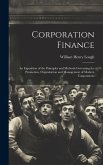"ASCE 1190 The Valuation of Public Service Corporation Property" by Henry Earle Riggs delves into the intricate world of railroad valuation in the early 20th century. Originally published as part of the Transactions of the American Society of Civil Engineers, this volume (Vol. 72, June, 1911) offers a detailed examination of the methodologies and considerations involved in assessing the worth of railroad infrastructure and related public service corporations. Focusing specifically on railroads, this work provides valuable insight into the civil engineering and economic history surrounding these vital arteries of commerce. Riggs' analysis presents a snapshot of the era's approach to corporate finance and the valuation of complex assets. Of particular interest to those studying the history of infrastructure development, business economics, and the regulatory landscape of public service corporations, this carefully prepared print republication makes accessible a key document for understanding the principles and practices employed in valuing these essential components of the nation's economy. It remains a valuable resource for understanding the challenges and complexities inherent in railroad valuation and its impact on broader economic trends. This work has been selected by scholars as being culturally important, and is part of the knowledge base of civilization as we know it. This work is in the public domain in the United States of America, and possibly other nations. Within the United States, you may freely copy and distribute this work, as no entity (individual or corporate) has a copyright on the body of the work. Scholars believe, and we concur, that this work is important enough to be preserved, reproduced, and made generally available to the public. We appreciate your support of the preservation process, and thank you for being an important part of keeping this knowledge alive and relevant.
Bitte wählen Sie Ihr Anliegen aus.
Rechnungen
Retourenschein anfordern
Bestellstatus
Storno

